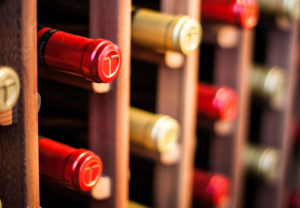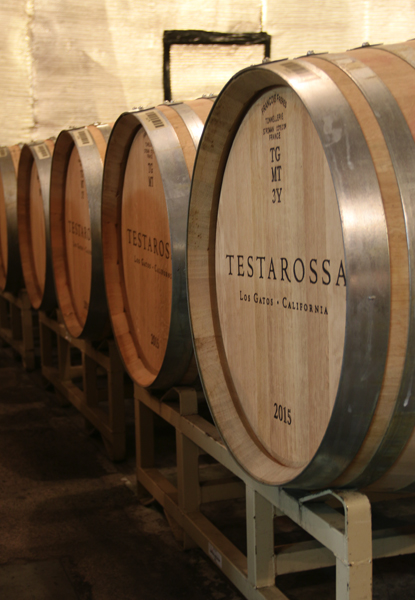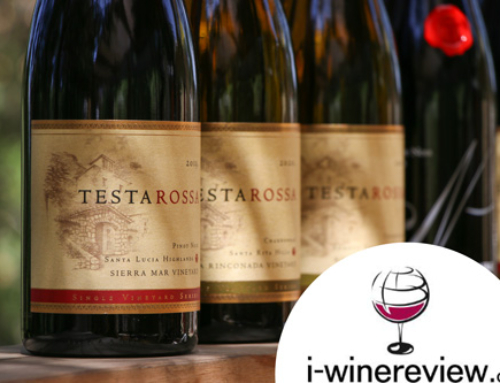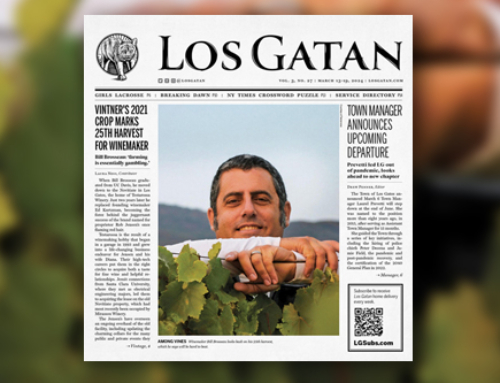Part 2: How to Store Your Wine Properly

Summer is here and with it comes sunshine and heat- two things that we love as Californians but our wine does not! Whether you only have a few bottles or a massive wine collection, proper storage conditions are a must if you want to age or store your wine and discover the delights of a properly aged wine.
Why do we age wine? Primarily, we do it because the aromas and flavors of a wine change as they age and interact with the oxygen trapped inside its bottle. Flavors that are impossible to find in young wines only become accessible after patient, proper cellaring. In red wines, fruit freshness, tannin and acidity tend to mellow, while umami-like, spicy flavors emerge and the structure of the wine softens. In white wines, especially Chardonnay, tart fruit flavors mellow and nutty, savory aromas and flavors emerge. It is worth noting that this doesn’t necessarily make the wine “better”, but different. I am fond of saying that all flavor is subjective, and different people prefer different flavor profiles. That being said, everyone here at the winery LOVES older wines and tends to prefer our wines with at least 2 years of bottle age after release.
There are a few important considerations to properly storing wine: namely; oxygen, temperature, light, humidity, and vibration.
Oxygen
Wine is a living beverage, and just like us, oxygen is what keeps it alive and propagates the changes in aroma, flavor and structure that occur over time within a bottle of wine. Ideally, that change comes along slowly and gracefully as the wine interacts with the small amount of oxygen trapped within the bottle. We all know what happens when we accidentally leave a bottle uncorked overnight or a half empty glass on the counter- it turns to vinegar. The same can happen if the seal the cork establishes between the inside and outside of the bottle is compromised- and you wouldn’t know until you opened the bottle! Proper storage conditions can mitigate possible damage to this seal.
Temperature
Wine should never be allowed to get colder than 25°F (freezing point, which makes the wine expand and can compromise the cork’s seal) or warmer than 86°F (where the wine’s volatile compounds can be boiled off and lost). Ideally, the wine should be kept between 50 and 59°F. The highest temperature I would tolerate is around 67-68°F. Please be advised that the warmer your storage space, the “faster” the wine develop and mature. It is also important to note that temperature fluctuation is as important, if not more so, that your overall temperature. A cellar that stays at a constant 65°F would be preferable to one that fluctuates between 52° and 60°, for example, as temperature fluctuations cause the wine to expand and contract, compromising the seal and the molecular bonds in the wine itself. Normal refrigerators generally stay too cold to be effective for wine storage.
Light
Wine does not like light- that’s why most red wines and wines designed for aging are bottled in dark glass, which helps stop UV light. It is extremely important to keep wine out of the sunlight.
Humidity
Here in the Bay Area, we have a fairly dry climate. If a wine is stored too long in a dry atmosphere, there is a risk that the cork could dry out, become crumbly, and lose its effectiveness as a proper barrier against oxygen. This is another reason why normal refrigerators are not appropriate for long term storage of wine- they are low humidity atmospheres. Proper wine refrigerators keep the humidity an ideal level- usually somewhere between 50% and 70%.
Vibration
The effects of vibration are still being debated, but it is in best practice to keep your wine away from vibration, especially in older red wines that are developing sediment. What does this mean? Next to your washing machine and dryer in your laundry room is probably not an ideal storage space.






